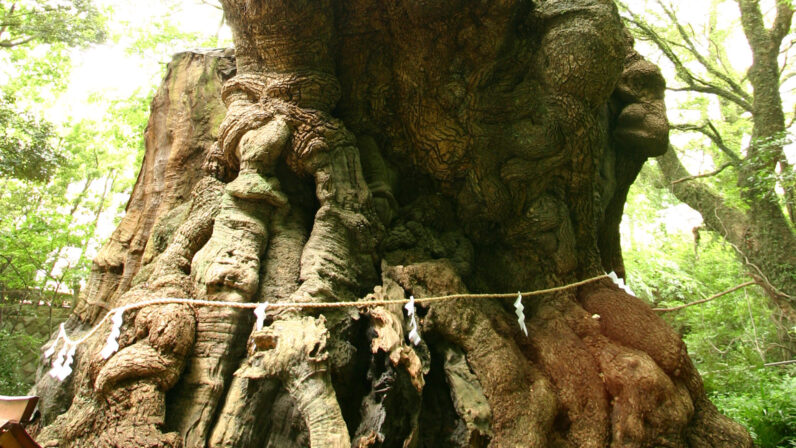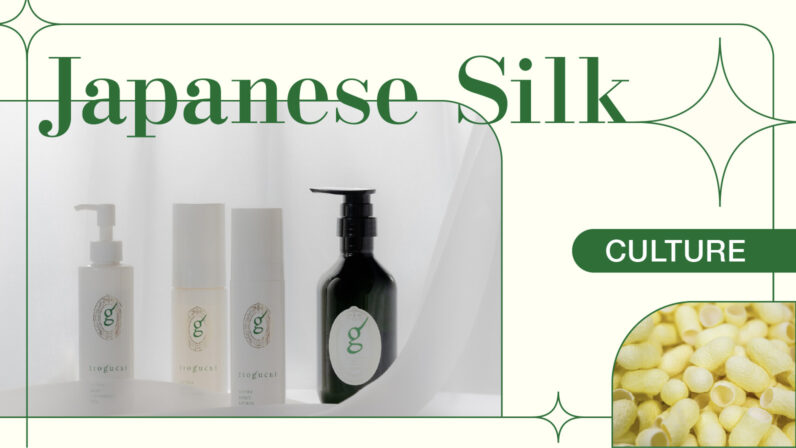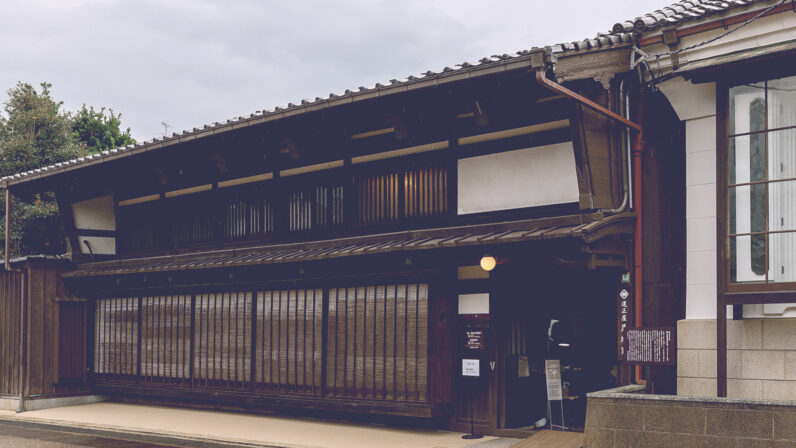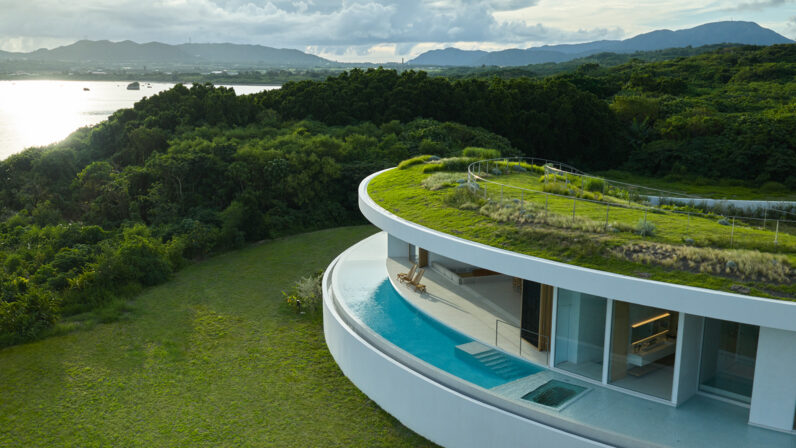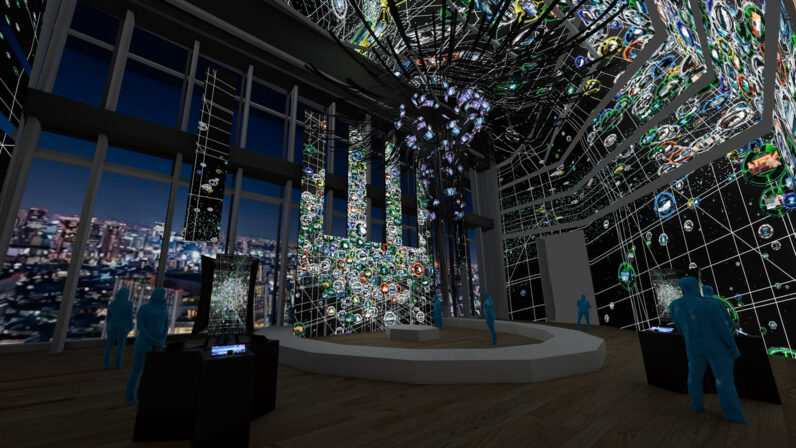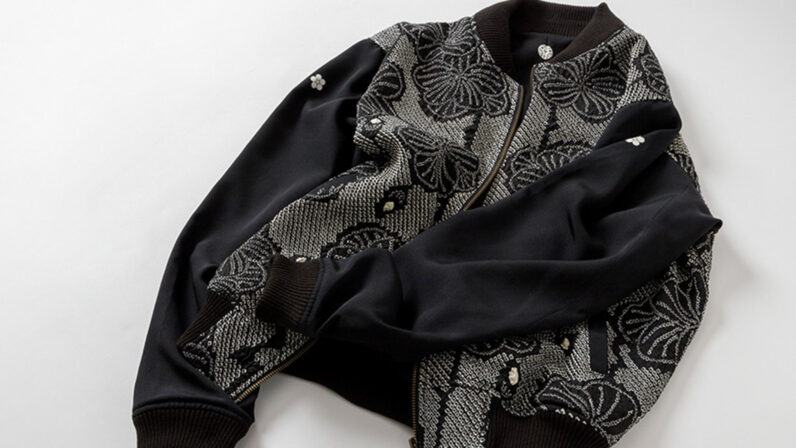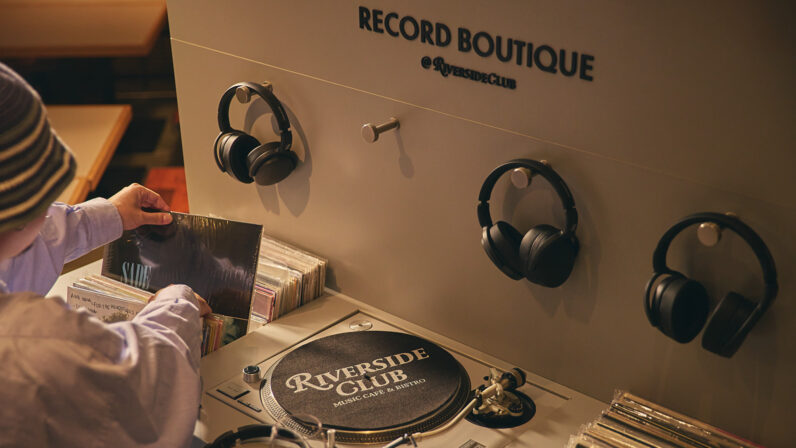When people envision Hokkaido in winter, they typically imagine the renowned powder snow of Niseko or the bustling Sapporo Snow Festival, both celebrated globally. However, it’s on the eastern side of Hokkaido where you’ll find a plethora of distinctive and enchanting treasures, still relatively undiscovered on the world stage.
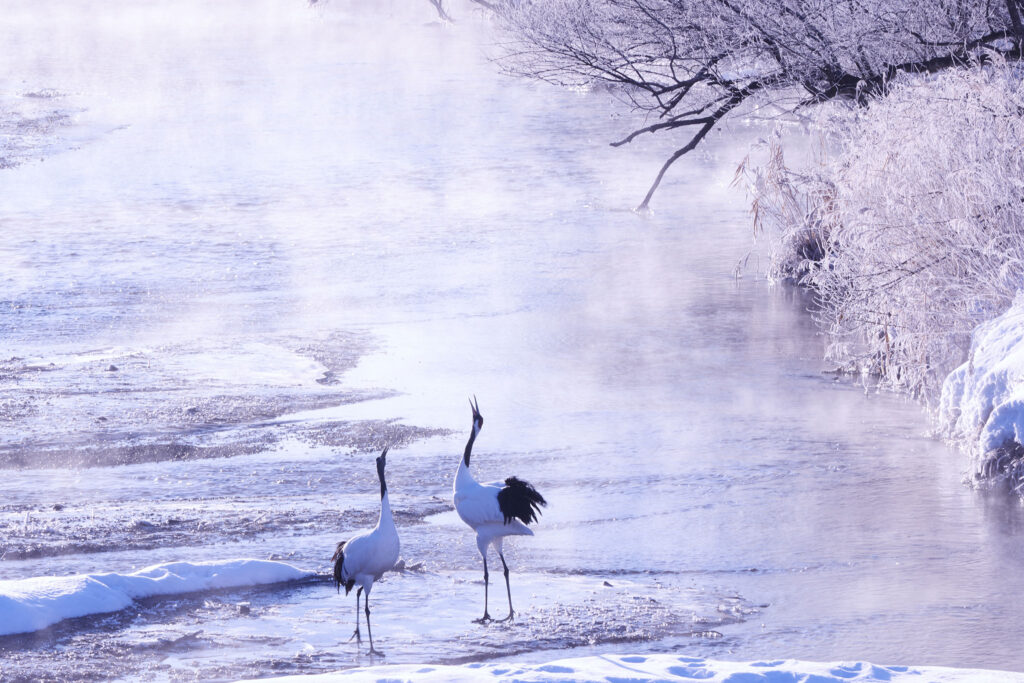
East Hokkaido, Japan’s Alaska
Eastern Hokkaido refers to the region covering Kushiro, Tokachi, Nemuro, and sometimes even Okhotsk. It’s known for its vastness and is comparable in size to the combined area of five prefectures in the Chugoku region—Tottori, Shimane, Okayama, Hiroshima, and Yamaguchi (approximately 31,000 square kilometers). The main gateway to this area is Kushiro Airport. Despite its convenient location, just a 1.5-hour flight from Tokyo’s Haneda Airport, it’s not as popular as other parts of Hokkaido. With fewer towering mountains and vast expanses of land, agriculture and dairy farming thrive here, contributing to its uniquely beautiful landscape. Moreover, a small 30-minute drive from Kushiro Airport leads to Japan’s largest wetland, the Kushiro Wetland. As a wetland enthusiast, it’s a place I’ve always longed to visit.
“Those who come to Kushiro are the ones who are genuinely interested in being here.”
Makoto Ando said.He is actively engaged as an outdoor guide and professional photographer, based in Kushiro and Tsurui Village.
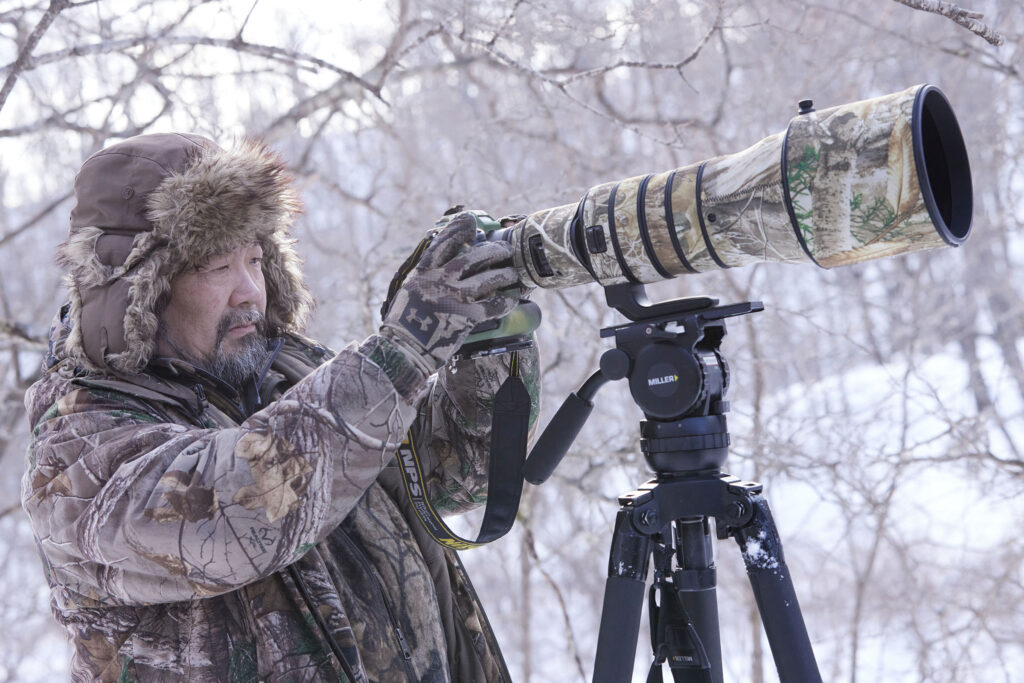
Makoto Ando, an outdoor master guide and professional photographer. When shooting in the harsh cold of Winter, he wears gear he obtained from Alaska. His lenses are covered to blend in naturally with the surroundings.
His guesthouse, Hickory Wind, managed with his wife, Shinobu Ando, and apprentices, serves as the hub for his outdoor tours. The two-story building features several single and twin rooms, along with a dining area adjacent to the spacious kitchen, accommodating 8 to 10 guests comfortably. Well-maintained and tastefully decorated, the interior exudes a warm, welcoming atmosphere akin to staying in a relative’s home.
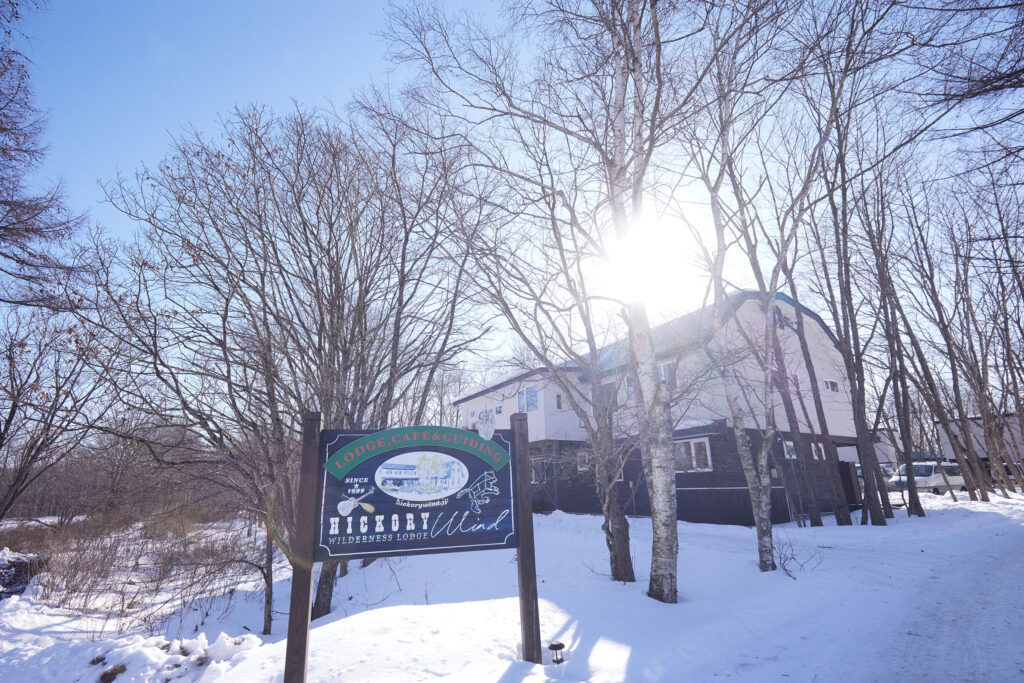
Situated near the feeding grounds of the Tancho cranes (Red-crowned cranes), guests at Hickory Wind can occasionally catch sight of these majestic birds from their windows.

Along the windowsill, illuminated by the pleasant morning sun, you’ll find photographs taken by Mr. Ando and his publications neatly arranged. Don’t miss the works of Mr. Ando’s mother, a stained glass artist, displayed throughout the guesthouse too.
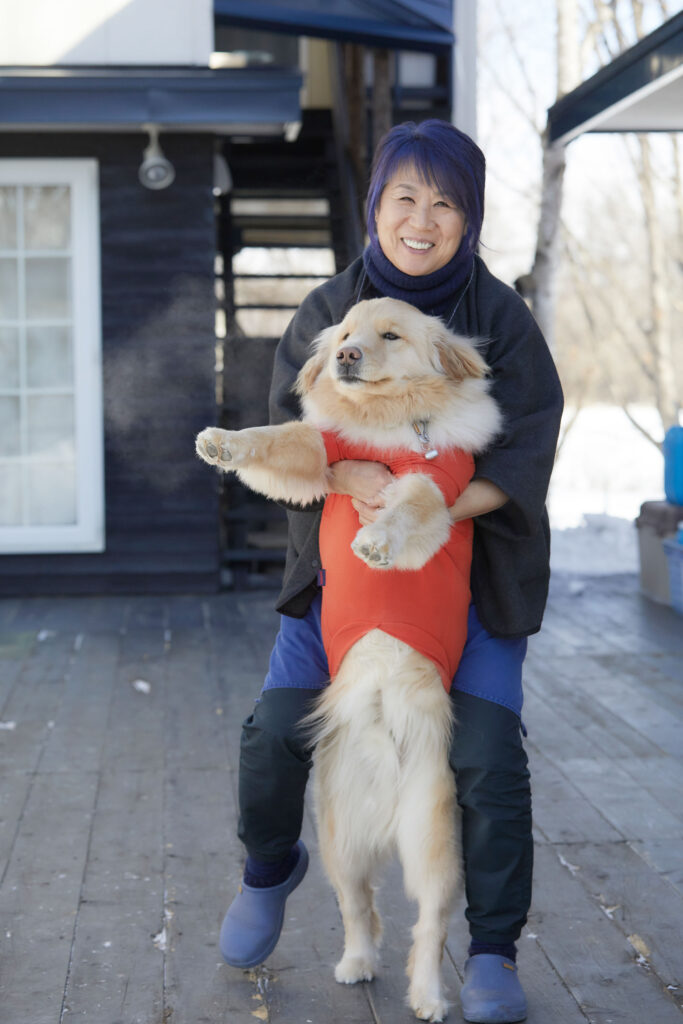
One of Hickory Wind’s standout features is Shinobu Ando’s home cooking. Alongside the Andos’ beloved dog, Dipper, a rare breed with an Akita mother and Golden Retriever father. Makoto Ando is also known for his passion for motorcycle travel.
Makoto Ando’s career extends beyond Hokkaido, he’s also been a guide in Alaska for approximately 20 years.
“This year, I’m going to Alaska to guide for a month in March. I think Eastern Hokkaido is similar to Alaska. In Alaska, they call someone who can survive a whole winter a ‘Sourdough’, while those who can’t survive the winter alone are called ‘Cheechako’. It seems that this naming comes from the fact that ‘Sourdough’ (natural yeast used in bread making) is more resilient to cold compared to yeast.”
When you actually look it up in the dictionary, it seems that ‘Sourdough’ also refers to the early settlers and pioneers in Alaska and the northwestern part of Canada.
“Those who live amidst harsh nature tend to have a large capacity in their hearts. Ultimately, it boils down to duty and human connections, doesn’t it?” Mr. Ando said with a gentle smile.
As a traveler, I’ve noticed something about people in cold regions—they possess a kindness that never abandons others. For Makoto Ando, perhaps it’s because in harsh nature, being indifferent to others could risk his survival. Ultimately, It’s like there’s no difference between ‘Sourdoughs’ and ‘Cheechakos’ because that Indifference eventually comes back to haunt you. That’s why the spirit of helping each other is deeply rooted in these people. Unfortunately, it’s forgotten in cities, but perhaps this is what it means to live a truly human life.
Mr. Ando showed us a whiskey glass adorned with markings, which was a souvenir from Alaska. The bottom is labeled ‘Cheechako,’ and the top, of course, is ‘Sourdough.’ In between, there are several markings, creating a playful glass that measures a person’s ‘Sourdough level’ based on the amount of whiskey they can drink. It’s a quirky yet strangely compelling idea that combines a person’s experience level with their capacity for alcohol. However, of course, being able to drink doesn’t automatically make one a Sourdough.
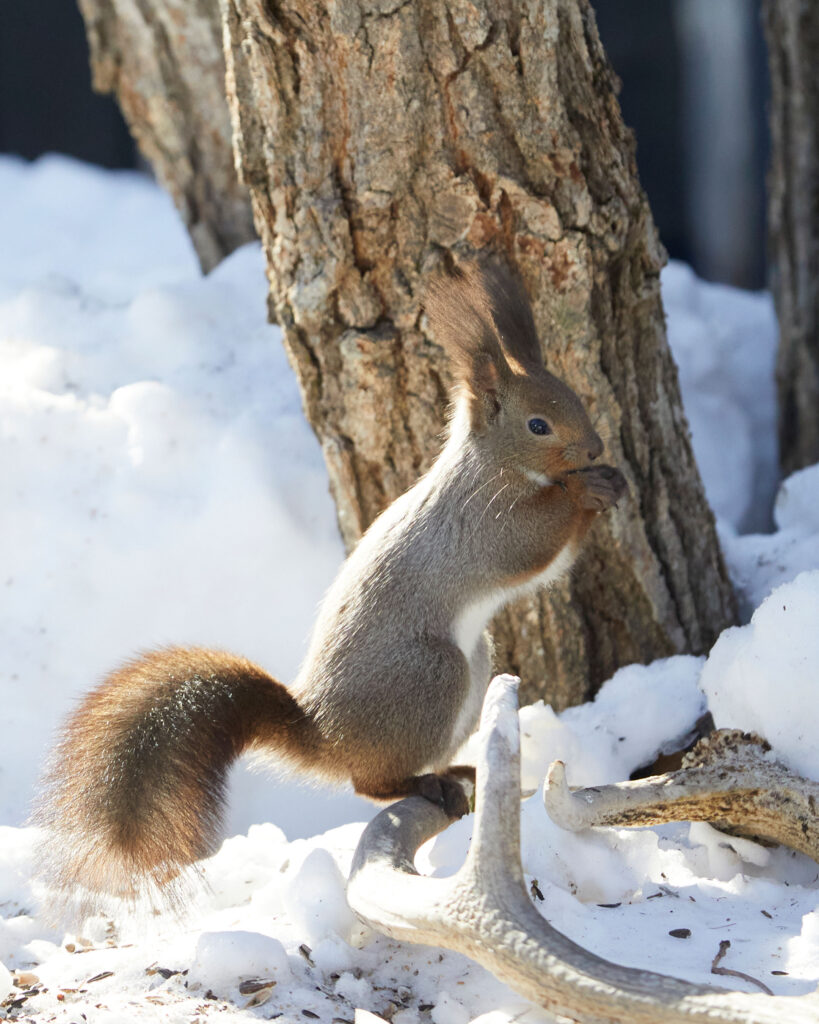
An Ezo squirrel playing in the garden of Hickory Wind. Ezo owls have also been known to make appearances in the area.
Miracles in Everyday Life
Makoto Ando attracts a diverse crowd, but among them, photography enthusiasts stand out. During my recent visit, three influential couples from Singapore’s political and financial circles had booked the entire guesthouse. These six individuals came with the intention of spending a week learning photography from Ando while exploring the natural beauty of Eastern Hokkaido. Some of them even carried hefty lenses resembling bazookas, a clear sign of their deep passion for photography. They were all very friendly, and conversations flowed easily over meals, especially given the warm atmosphere and hospitality. Such encounters truly embody the essence of Hickory Wind.
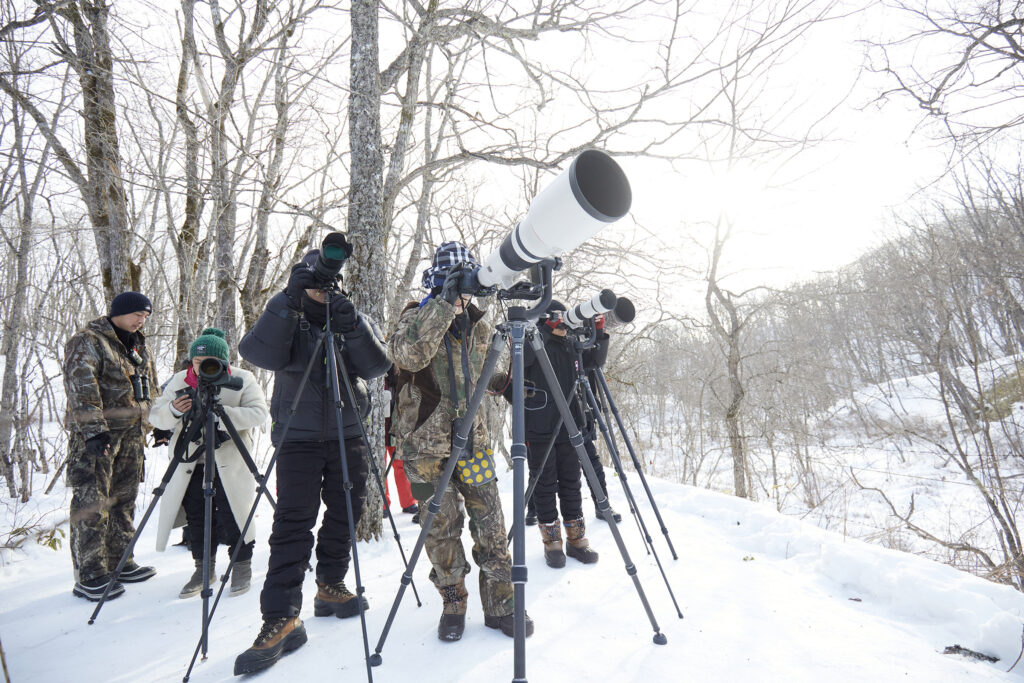
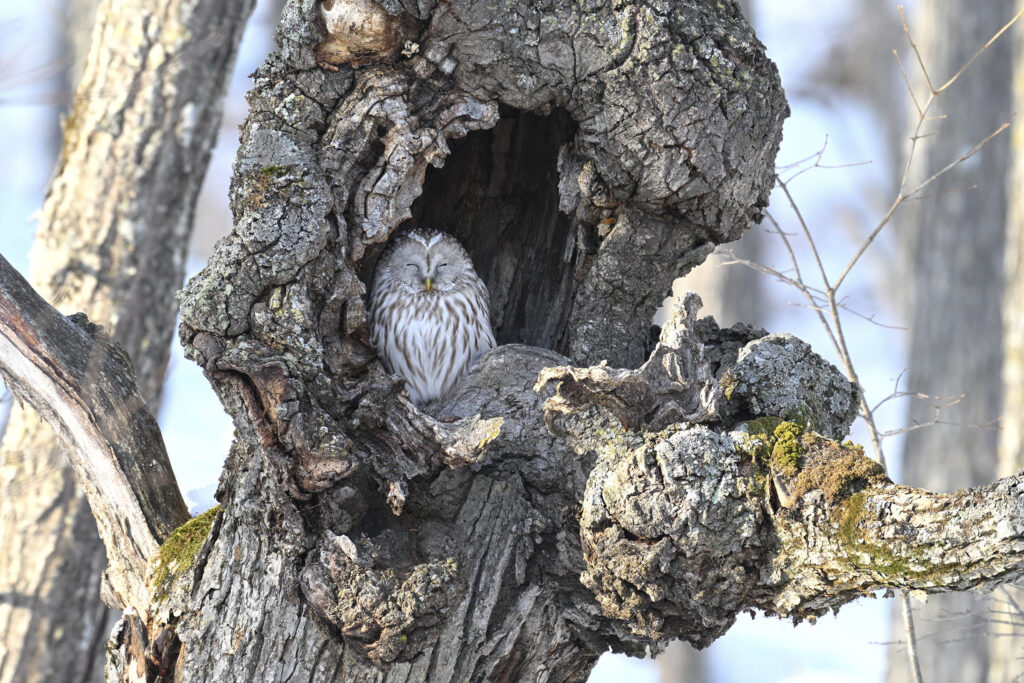
Guests of Hickory Wind aiming to capture the sight of an Ezo Fukuro sleeping in the woods. Since the Hokkaido owl occasionally winks or yawns, their eyes are glued to the lens.
The Tancho crane is one of the largest wild birds in Japan, measuring approximately 1.4 meters in length and spreading its wings to about 2.4 meters. Its primary habitat is in the eastern part of Hokkaido, where it builds nests within the reeds of marshlands. From spring to autumn, Tancho cranes can be observed raising their offspring in the Kushiro Wetland. The newly hatched cranes in spring become independent after a year.
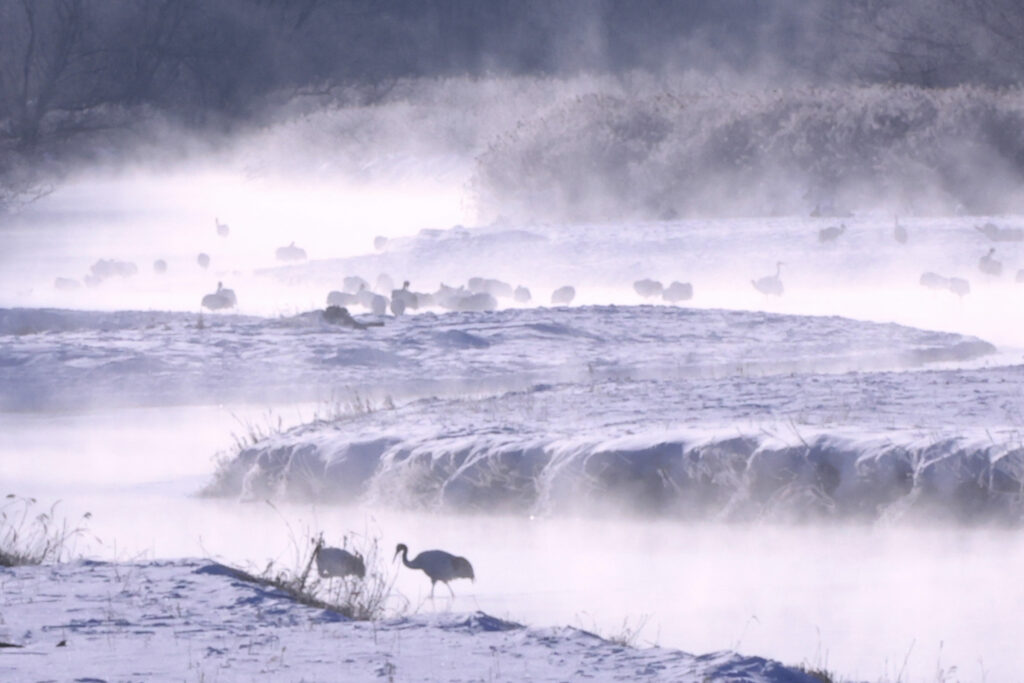
A scene from a mid-winter morning in Tsurui Village. Since the water temperature is higher than the air temperature, the Tancho cranes spend their nights with their feet submerged in the water. The steam rising from the water resembles that of a hot spring.

As the morning sun emerges and brings warmth, the Tancho cranes make their way to the feeding grounds for breakfast.
To increase the population of Tancho cranes, which has drastically decreased due to overhunting and the reduction of marshlands, feeding grounds have been established. Around February, the fledging of young cranes and the emergence of new romances at these feeding grounds takes place. Interestingly, Tancho is written in kanji as ‘丹頂鶴’, where ‘丹’ comes from the traditional Japanese color ‘tan’ (red), representing the red spectrum. The crane, with the cherished ‘tan’ color on its head, symbolizes the color used in important Japanese structures like shrine gates and buildings. Additionally, it is said to be called ‘Sarorun-kamuy’ by the Ainu people, meaning ‘god of the wetlands.’
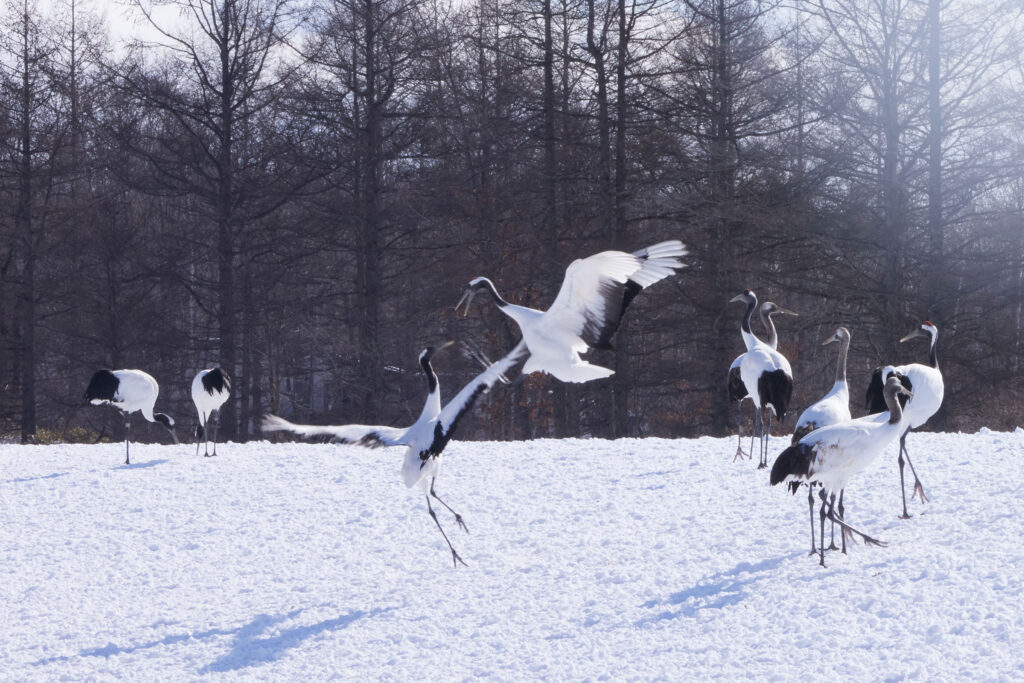
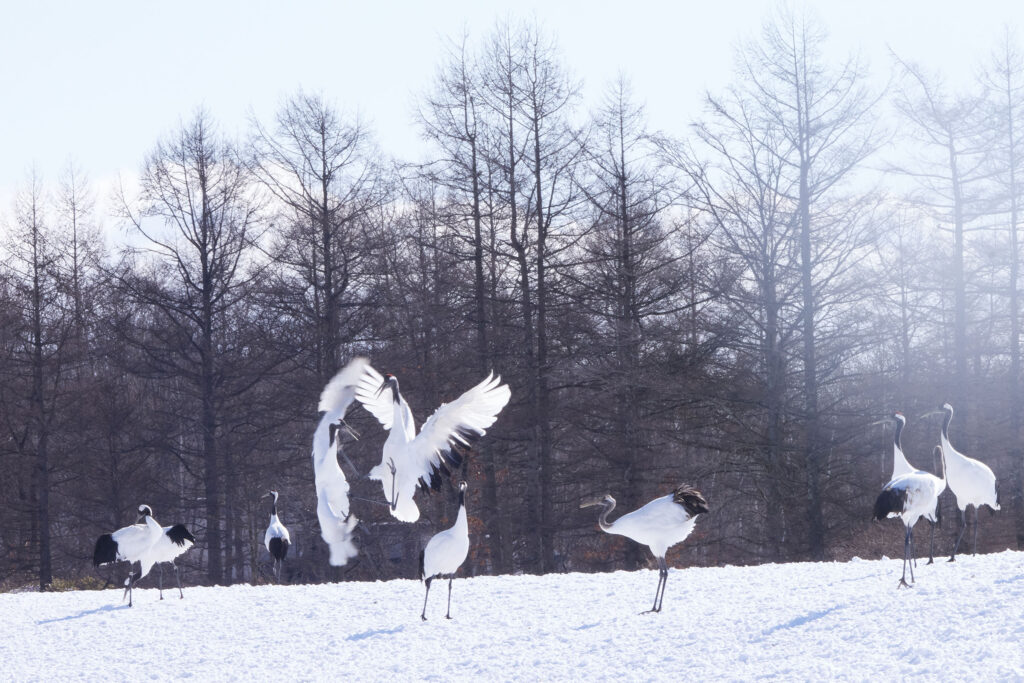
During the spring mating season, cranes engage in courtship behavior to find a partner. They face each other, spreading their wings, bending their necks forward, or stretching their bodies while extending their necks. This elegant display is commonly referred to as the courtship dance of the Tancho crane.
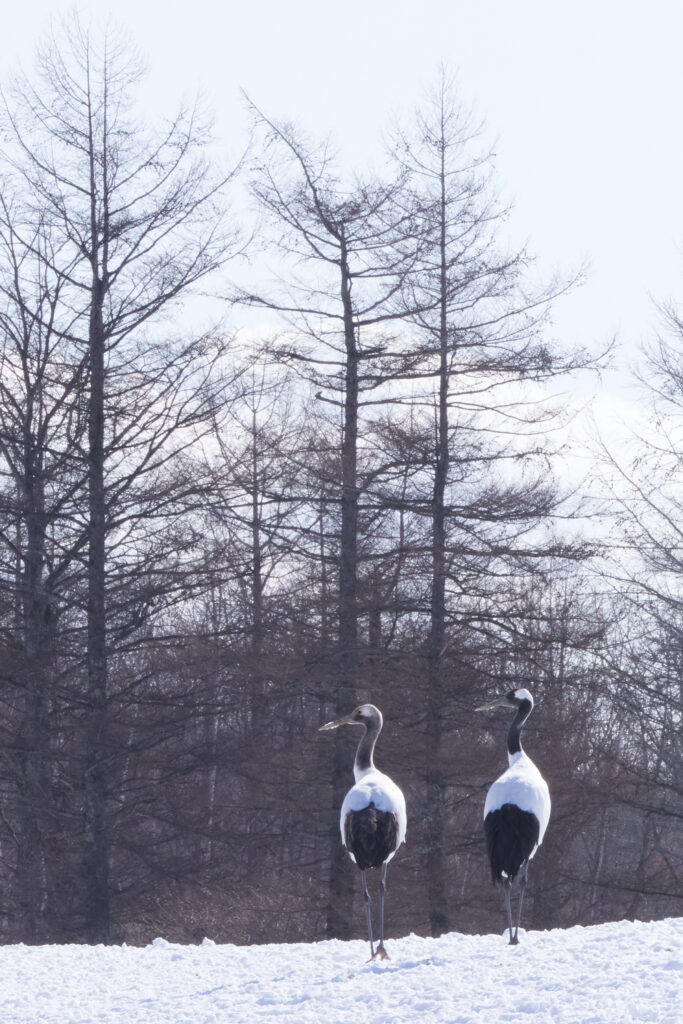
The brown coloration on the neck and tail indicates that this juvenile crane is about to take its first steps towards independence.
What’s the aim?
Makoto Ando has garnered accolades in numerous global photography contests.
“Ever since I started competing, I can’t afford to be half-hearted anymore. It’s a world where only five out of fifty thousand submissions are chosen.”
Naturally, unaltered raw data is initially submitted. And upon reaching the finals, a paper must also be written and submitted.
“I’m always considering the landing point. Right from the outset, I have a mental image and patiently await that perfect moment. I’m the kind of person who ventures out to capture what I envision. However, when it comes to nature and animals, unexpected happy accidents can occur, and I believe our ability to respond and capitalize on them stems from our regular practice.”
The term ‘landing point’ resonated strongly with me. Initially, it seemed at odds with the notion of going with the flow, but I came to realize that having a goal and the skills to achieve it enables us to navigate the flow. Mr. Ando, who is involved in both shooting and editing videos, remarked, “Actually, even in my videos, there’s a score (like sheet music), and I adjust the footage to match the rhythm.” This approach really seems to let the message sink in smoothly, with a pleasant rhythm.

A pair of Tancho cranes. The larger bird leading the way is the male. When the male calls out, the female of the pair always responds in kind.
In his sixth-grade collection of essays, Makoto Ando wrote, “My future dream is to work alongside dogs in protecting nature.” Today, he is fueled by a strong desire to share the lessons learned from nature with many others, and he is deeply passionate about creating documentary films. One of his initial projects is a short film titled “Everyday Miracles.” It beautifully captures the profound beauty of the day-to-day interactions among nature and animals. While witnessing such phenomena may indeed feel miraculous, they are, in fact, part of our everyday existence. I encourage you to visit Eastern Hokkaido to experience the daily wonders of its unique natural environment and wildlife. Through this, I hope you’ll recognize the importance of preserving and passing on these miraculous everyday occurrences.
To conclude the main feature, I’d like to highlight the significance of the name Hokkaido. In ancient times, the region inhabited by the Ainu people, now known as Hokkaido, was referred to as Ezo. During the Meiji Restoration, an explorer named Takeshiro Matsuura was tasked with finding a new name for Ezo. Through his extensive explorations of Ezo, the kindness and cooperation he received from the Ainu people, as well as his deep respect for Ainu culture, he proposed the name ‘Hokkaido.’ In Ainu, ‘Kai’ signifies ‘a good person born in this land,’ representing the northern region where good Ainu people reside. The change from ‘Kai’ to ‘kai’ (sea) in the character may have various implications, but above all, Hokkaido signifies a land where the Ainu reside. Keeping this in mind, let’s continue to the ‘Lake Akan’ section.
Nature’s Best Photography Asia 2019 VIDEO HIGHLY HONORED – Award-winning work
WinterPassion – Red crowned crane

Makoto Ando
Photographer and Hokkaido Outdoor Master Guide.
Born in Sapporo in 1964, Makoto Ando graduated from Tohoku Fukushi University. After spending 12 years as a social studies instructor at cram schools and preparatory schools, he pursued various endeavors, including apprenticeships as a carpenter. In 1999, he fulfilled his passion by opening the Wilderness Lodge Hickory Wind in Tsurui Village, located along the banks of the Kushiro Marsh. While managing Hickory Wind, he actively highlights the multifaceted relationships between nature and humans from various angles.
Hickory Wind
14 Setsurigenyakita, Tsurui-mura, Akan-gun, Hokkaido, 085-1200
Email : info@hickorywind.jp
http://www.hickorywind.jp/

